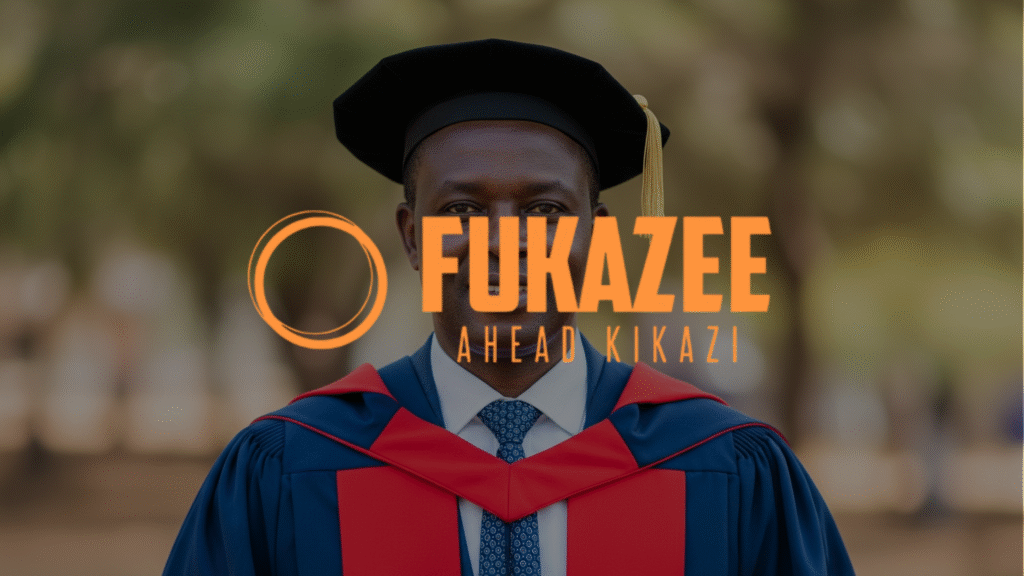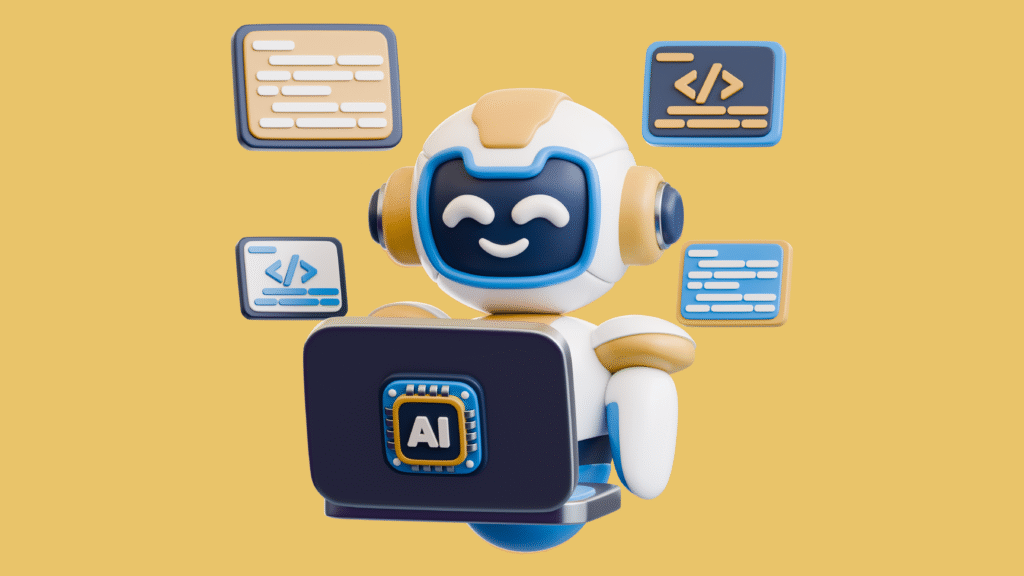My journey has always been about movement, about learning, and about conquering new worlds and frontiers. The world of Artificial Intelligence is the newest, most exciting frontier yet. It’s a powerful tool, a force that can accelerate our progress in ways we are only beginning to understand.
But with great power comes great responsibility. This is truer nowhere than in academia, a world built on the sacred foundation of integrity, originality, and the pursuit of truth.
So, how do we, as researchers and scholars, wield this incredible power without compromising our principles? How do we make AI our co-pilot, not the one flying the plane?
The Unbreakable Rule: AI Assists, It Does Not Author
Let’s be very clear from the start: you cannot and should not use AI to write your papers for you. You cannot outsource your creativity, your critical thinking, or your unique voice to a machine.
Leading academic journals and institutions are already setting firm guidelines on this. They recognize AI-generated text for what it is: a tool’s output, not a human’s intellectual contribution. To present it as your own is to cross a line into plagiarism and academic dishonesty. The core of your work—the ideas, the arguments, the narrative—must be yours and yours alone.
So, where does AI fit in? I like to think about it using a simple framework I call the 20-60-20 rule.
The 20-60-20 Rule: A Partnership with AI
This rule breaks down how to ethically and effectively partner with AI on a task.
- The First 20% is You: This is the most important stage. It’s where you do the deep thinking. You define the problem, you strategize, and you craft the perfect, most insightful prompt to guide the AI. Your intelligence is the input.
- The 60% is the AI: This is the execution phase. You give your well-crafted prompt to the AI, and it does the heavy lifting. It can summarize articles, brainstorm ideas, analyze data, or structure an outline in seconds. It handles the laborious part of the task.
- The Final 20% is You Again: This is the critical refinement stage. You take the AI’s output and make it your own. You verify every fact, challenge its assumptions, and, most importantly, you rewrite and tweak it to ensure it has your unique hint of personality. You ensure the final result is not just correct, but that it communicates precisely what you wanted to say, in your voice.
The Simple Dos and Don’ts of AI in Academia
To keep it simple, here are a few general guidelines:
DO:
- Use it for Brainstorming: Stuck on a topic? Ask AI to generate ideas to get your own creative juices flowing.
- Use it for Summarizing: Use it to get the gist of a dense research paper to see if it’s relevant to your work.
- Use it as a Language Tutor: Use it to check your grammar, improve the clarity of your sentences, and rephrase things in a better way.
- Use it for Data Organization: Let it help you find patterns or structure your raw data in a more manageable way.
DON’T:
- Don’t Ever Copy and Paste: Never take text from an AI and put it directly into your assignment or paper.
- Don’t Outsource Your Thinking: Don’t ask it to “write an essay on…” and expect to use the result. That’s not your work.
- Don’t Trust, Always Verify: AI tools can “hallucinate” or make things up. You must fact-check every single claim it makes.
- Don’t Present Its Ideas as Yours: If AI gives you a unique idea, your job is to build upon it, research it, and form your own original argument around it.
Ultimately, human thinking trumps AI. Why? Because of our ability to understand context, to feel emotion, and to draw upon a lifetime of lived experiences. An AI can process data points, but a human can connect them with wisdom. An AI can mimic a writing style, but a human has a true, authentic voice.
Use AI to handle the tedious work so you can free up your mind to do what it does best: to think critically, to create originally, and to push the boundaries of knowledge. That is the ethical, powerful, and smart way to step into the future






